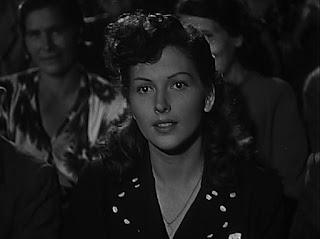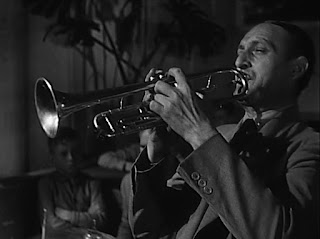One of the great craftsmen of Italian cinematography, Otello Martelli photographed some of the most famous postwar films, from Rossellini's 'Paisà' to De Santis's 'Riso amaro'. He worked on seven Fellini films, most notably 'La strada' and 'La dolce vita'.
Born in Rome, he became an assistant cameraman at 14, and worked on silent films. He was signed up as a cameraman by the state newsreel company Istituto Luce, and in 1928 was sent to film the tragic airship expedition to the North Pole by Umberto Nobile. After working as assistant cameraman, his first important credit was in 1933, for Alessandro Blasetti's 'Vecchia guardia', a blatantly fascist film which, however, was 'saved' for its plastic values even by leftwing critics of post-fascist Italy.
After the war, Martelli was chosen by Rossellini to join him on the adventurous journey up the Italian peninsula that resulted in 'Paisà'. His experience as a newsreel cameraman helped to give the film a feeling of authenticity in this reconstruction of the struggles for the liberation from the Nazi-Fascists, even in sequences that were not always filmed on the real locations [such as the opening episode in Sicily].
During the shooting in Florence, Martelli was a first-person witness to the debut of the future director with whom he would later work, Federico Fellini, who was then Rossellini's assistant and co-scriptwriter. One day, Rossellini was sick, and Fellini was instructed to shoot the scene in a country lane, where a wine cart trundles by under fire from snipers. 'Sor Otello', as Martelli was known [Sor being a respectful Roman term of address], had planned to shoot the scene from as high an angle as possible, but the brazen young assistant gave orders for the action to be filmed from ground level, which Martelli contemptuously called 'a mouse's point of view'. Fellini got his way, and was congratulated warmly by Rossellini when the rushes were seen.
Martelli photographed two of Rossellini's most famous films, the equally adventurous 'Stromboli', with Ingrid Bergman, and the film that François Truffaut once described as 'the most beautiful film ever seen', 'Francesco, giullare di Dio' - its exquisite visual aspect being very much to the credit of the cinematographer.
When, in 1950, Alberto Lattuada and Federico Fellini decided to produce, write and co-direct a film about Italian provincial music-halls, 'Luci del varietà', it was Fellini who suggested Martelli as cinematographer. And three years later, Fellini chose him to photograph his second feature, 'I vitelloni'. The two men continued to bicker affectionately, but when the first choice for cinematographer of 'La strada' had to pull out, it was Sor Otello who took over - and the world was to acclaim him as well as the director.
He worked again with Fellini on 'Il bidone' [1955], and, though uncredited, took over from Aldo Tonti to finish 'Le notti di Cabiria' in 1956. With Tonti, he went round the world scouting locations for René Clement's 'La diga sul Pacifico/The Sea Wall' [1957], for which, in the end, he, rather than Tonti, was cinematographer.
He photographed many of the great cinematic beauties of those years, among them Silvana Mangano, Sophia Loren and Melina Mercouri, but Martelli himself said that the most photogenic of all was Anita Ekberg, immortalized by Fellini [with Martelli's help] in 'La dolce vita'. Martelli's contribution to this film was his most creative achievement in later life. In spite of continuing disagreements with Fellini over camera angles, there was great mutual respect.
Martelli maintained that 'it was not true that Federico knew nothing about camera technique. He just had his own ideas. For example, he wanted to use a lens for panoramic shots which is normally used only for close-ups. I told him there was a risk of flickering, but he said it didn't matter. He was absolutely right.'
But after Fellini's episode of 'Boccaccio '70' [1961], 'Le tentazioni del dottor Antonio', the director said he was tired of hearing Sor Otello continuously complain, 'It can't be done.' For the film '8½', he entrusted the cinematography to a new emerging master of lighting, Gianni Di Venanzo. But Di Venanzo, like many other emerging cinematographers, admitted that Sor Otello had been their maestro. The chore which induced Martelli into retirement was working on one of the episodes of 'I tre volti' [1964], the film directed by Antonioni and others which producer Dino De Laurentiis had hoped would launch the then Empress Soraya of Iran as an actress.










































































































































































































































No comments:
Post a Comment